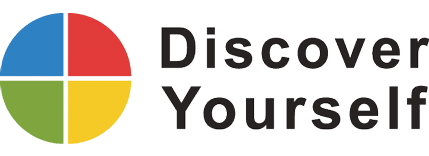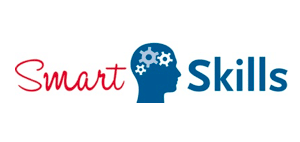Adapting and Connecting
The world is full of personality types- we all know that just by looking around us! From the coffee shop to home, our office to the drivers of the cars commuting alongside us we deal, indirectly and directly, with a huge variety of people every day. Some of these people we click with automatically. These people become our best friends, our significant others, our confidants, our go-to work buddy. Other people grate at our edges, never quite meshing with how we think or live our lives. In the middle we have acquaintances, people whom we can work well with and may even be friends with, who are also different and talented and strong in ways we may not entirely understand.
How we interact, react and work with other people can determine the success of our personal and professional lives. Understanding your personality type, your strengths and your weaknesses can help you better know how you deal with situations that pop up in your everyday life. The four color personalities are a good guide for knowing yourself and for knowing the dominant characteristics of the people around you.
The importance of adapting
Almost every job requires some interaction with other people; whether you are interacting predominantly with clients or entirely within your company, there are elements of everyone’s job that demands social interaction. To keep clients happy and your office running smoothly it helps to adopt an attitude of compromise and adaptability, morphing how you think a job should be done with the realities of the situation at hand.
Sometimes we aren’t good at adapting, and listening to other peoples’ opinions on how a job should be done can be frustrating. The four color personalities spectrum applies to everyone and can be used in a professional and personal environment to help you learn to adapt to other people’s dominant personality types to increase connection with them.
Adapting means to consciously make an effort to connect with another individual by changing your opinions or behavior. Adapting happens from the outside; you change your behavior, which in turn changes your perception and opinions on the inside.
The importance of connecting
Connecting is the second half of building strong relationships with the people around you no matter their individual color personality. Connecting with co-workers means adapting to their individual personality and working styles just as they are adapting to you. Making an intentional effort to work with others’ strengths and weaknesses, over time, will increase interpersonal connection and improve working environments, too.
Jung opened up an entirely new world with his discoveries, and discoveries into the psychology of personality and the self are still being made today. Insights Discovery is based squarely on Jung’s theories, and as such is an invaluable tool in helping people understand themselves and others. Schedule me, Scott Schwefel, as your keynote speaker, and I will come to your group and address the differences in personalities in a truthful, fun, and easy-to-understand way. Follow me on Facebook, LinkedIn, and Twitter to share my blogs with the color energies you work with!












